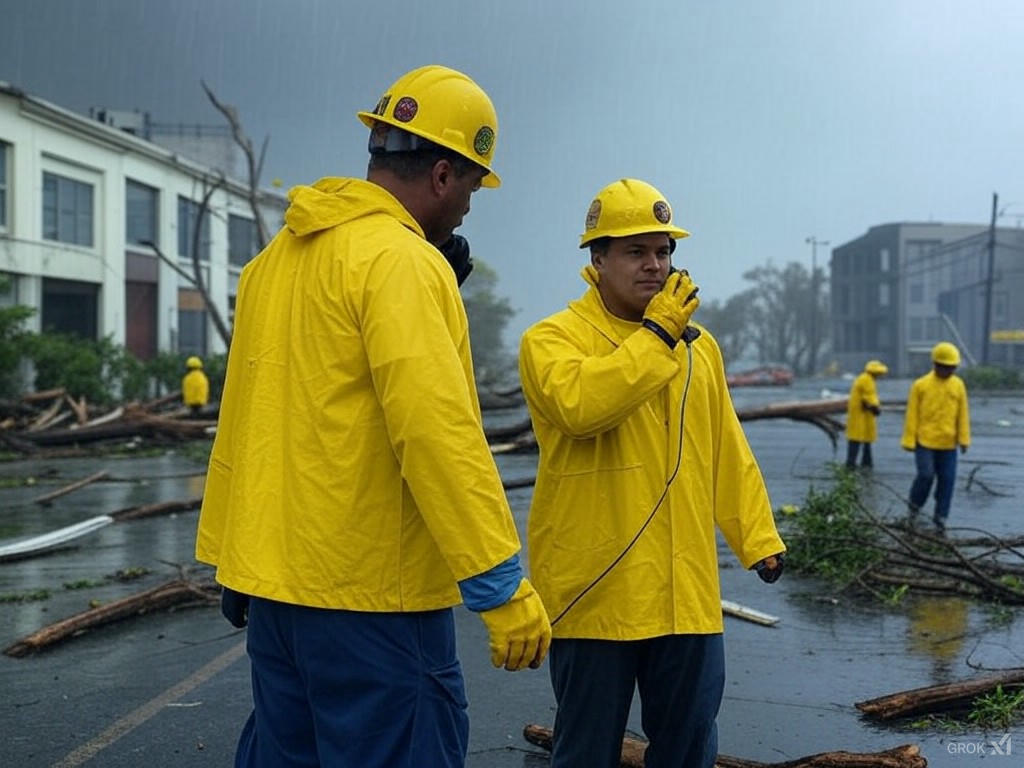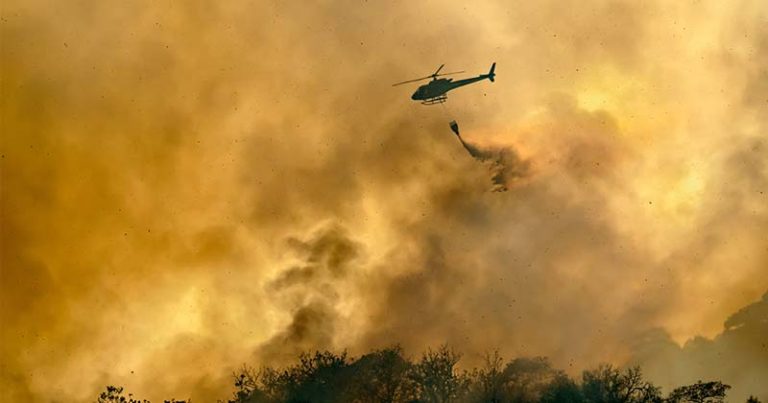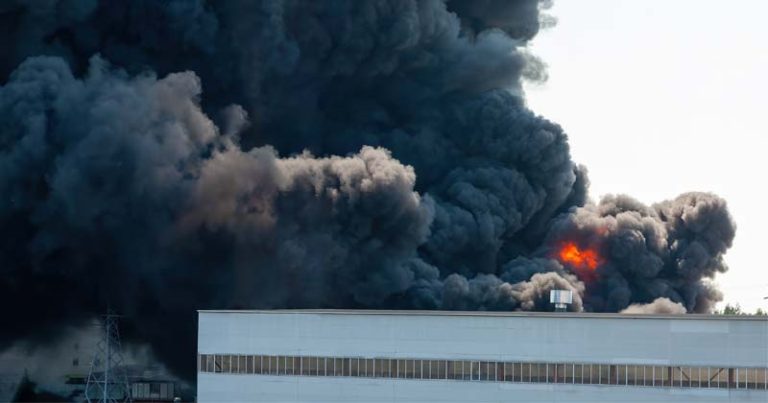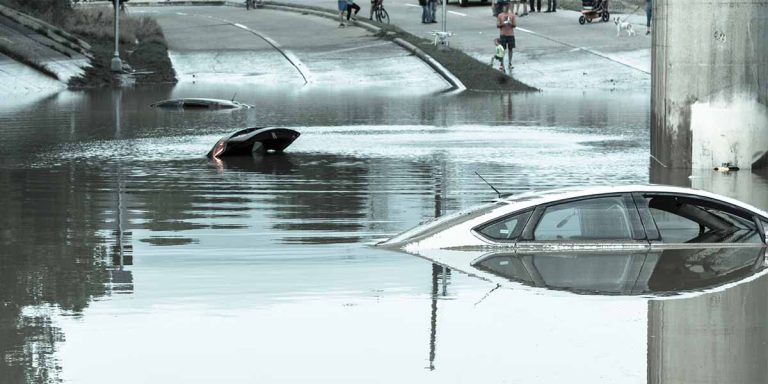Natural Disasters in the US: States with the Most (and the Least?)

In the United States, natural disasters are as diverse as the landscapes they impact, from the serene coastlines to the rugged mountains. With climate change intensifying the frequency and severity of these events, understanding which states face the brunt of nature’s fury, and which might be considered safer havens, is more relevant than ever. Here’s a modern perspective on where you’re most and least likely to encounter natural disasters.
States with the Most Natural Disasters
1. California
Earthquakes: The state sits on several major fault lines, including the San Andreas Fault, making it highly susceptible to seismic activities.
Wildfires: Increasing temperatures and drought conditions have led to devastating wildfires, particularly in recent years, with events like the Camp Fire marking some of the most destructive in U.S. history.
Landslides and Mudslides: Following fires, heavy rains can trigger landslides, especially in areas denuded by flames.
2. Florida
Hurricanes: The state’s long coastline is a magnet for hurricanes, with cities like Miami and Tampa often in the direct path.
Flooding: Low elevations and sea level rise contribute to frequent flooding, especially after storms.
3. Texas
Hurricanes and Tropical Storms: The Gulf of Mexico coastline experiences significant storm activity.
Tornadoes: Texas is part of Tornado Alley, seeing hundreds of twisters each year.
Drought and Wildfires: The state also contends with severe droughts, leading to significant wildfires.
4. Oklahoma
Tornadoes: Perhaps the epicenter of Tornado Alley, Oklahoma faces a high risk from these violent storms.
Earthquakes: An increase in seismic activity, particularly in the central part of the state, linked to fracking operations.
5. Louisiana
Hurricanes: Like Florida, it’s vulnerable to the severe weather systems coming from the Gulf.
Flooding: The Mississippi River and other waterways contribute to flooding risks, exacerbated by subsidence and hurricane impacts.
States with the Least Natural Disasters
1. Maine
While not entirely immune, Maine tends to see fewer severe weather events. Its location somewhat shields it from the tropical systems that batter the South.
2. Vermont
The Green Mountain State has relatively low risks from most major natural disasters. Flooding from occasional heavy rains is about the most significant threat.
3. Michigan
Surrounded by the Great Lakes, Michigan has less exposure to hurricanes or tornadoes, though it must manage winter storms and lake-effect snow.
4. Idaho
With fewer severe storms, tornadoes, or hurricanes, Idaho’s primary concerns are wildfires, which are less frequent compared to states like California.
5. Alaska
While Alaska faces unique challenges like earthquakes and volcanic activity, its vast expanse means these events are often isolated. The state sees fewer weather-related disasters like hurricanes or tornadoes.
Modern Challenges
Climate Change: Amplifies the risk and impact of natural disasters across the board, from raising sea levels that increase flood risks to prolonging droughts that exacerbate wildfire seasons.
Urban Expansion: More people living in disaster-prone areas increase exposure and potential damage.
Technological Advances: While technology helps in predicting and preparing for disasters, it also means more infrastructure at risk.
Conclusion
Understanding the natural disaster landscape of the U.S. requires acknowledging not only geographical risks but also how societal and environmental changes are reshaping these risks. For individuals and policymakers alike, this knowledge is crucial for preparedness, urban planning, and even personal decisions about where to live. While no state is entirely safe from nature’s whims, some offer more tranquility amidst the growing storm of climate change. Remember, though, that this analysis is based on current trends and historical data; the future might rewrite these patterns as the climate continues to evolve.






